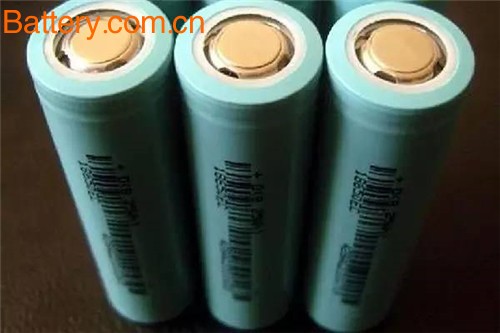Recently, Tesla's 100kWh model has passed the assessment of the EU certification body RDW. This means that the Model S/X 100D is coming soon! Its cruising range theoretical value will reach 613km (based on NEDC standard). According to EU regulations, models sold in EU member states must be certified by their authorized agencies. RDW is a Dutch company commissioned by Tesla to obtain a license to sell in the EU. In this article, let's explore how this 100kWh is done. Elon Musk once said that Tesla's battery life (electricity) is increasing at a rate of 5% per year. From the iterative situation of the current battery pack, this goal is basically achieved. In addition to the 60kWh as an entry-level configuration, 70kWh and 85kWh have been upgraded to 75kWh and 90kWh respectively. Soon after, 100kWh and 120kWh battery packs will also enter the option list. Currently, 60kWh still exists as a é…ç½® version to promote Tesla's sales. The real story is 70kWh and 85kWh, how to increase the power of 5kWh each. One thing is certain, that is, the battery pack structure has not changed during the battery pack increase. The number of internal battery modules has not changed. Let's take a brief look at the internal structure of the Tesla battery pack. There are 14 battery packs inside 60kWh, each battery pack contains 384 batteries, a total of 5376 batteries; 85kWh consists of 16 battery packs, each battery pack contains 444 batteries, a total of 7102 batteries Core composition. The 70kWh that was added later was actually a 75kWh battery pack, which was limited by software. The extra 5kWh was originally offered to the owner as an optional package worth $3,000. As long as the OTA software is updated, the 70D can be changed to 75D. So the question is, how did the 75kWh battery pack come from? On this issue, Tesla officials did not make a technical explanation. According to the author's judgment, the 75kWh is actually a 85kWh battery pack, which is reduced by 2 battery packs. In the 85kWh battery, the capacity of each battery pack is 5.3kWh, and 14 such battery packs are 74.2kWh. This is the relationship between 70kWh, 75kWh, and 85kWh. As for 60kWh, this is just a configuration to reduce the barrier to entry. So, how did 90kWh come from? From 85kWh to 90kWh, 5kWh is added. Is there a battery pack added? In the 85 kWh battery pack structure, it is no longer possible to superimpose the battery pack. The only possibility is to replace the new battery. Of course, it still uses the 18650 model battery, but the chemical material has been adjusted to increase the energy density. Therefore, there is a possibility that in the 90kWh battery pack, the battery cell is of the NCR18650G type; and in the 85kWh battery pack, the battery cell is of the NCR18650B type. In short, in the case where the number of cells is constant (the battery pack structure is unchanged), the power of 90 kWh can be ensured only by increasing the capacity of a single cell to 3.6 Ah. To achieve 100kWh, there are two options: one is to superimpose two battery packs, which can get 100kWh according to the capacity of 5.3kWh per battery pack; the second is to replace the batteries with higher energy density. The author believes that the latter is the best and most likely one. Because 90kWh is based on the 85kWh battery pack structure. This structure has been finalized under the 18650 battery specification, and the cost of changing its design structure is very high. In fact, there is no more space in the battery pack to stack more battery packs. If you increase the battery pack, not only the quality of the battery pack will increase, but also the cooling cycle system of the battery pack. Therefore, improving the capacity of the battery is the most economical and feasible solution. Imagine that in a 100 kWh battery pack, the capacity of a single battery cell should be increased to 3.9 Ah without changing the battery pack structure, so that it is possible to achieve a capacity of 100 kWh. Therefore, the author suspects that Tesla has developed a 3.9Ah 18650 battery with Panasonic. This credit can only be attributed to the silicon in the anode. Our Inner Ring">Inner Ring is good in quality and competitive in price. We are manufacturer and supplier of Inner Ring following your specific requirement. We are looking forward to your
E-mail and establishing cooperative relationship with you! We would
provide professional Inner Ring with good services for you! Inner Ring Inner Ring, Bearing Inner Ring, Bearing Ring Ningbo Borine Machinery Co.,Ltd. , http://www.borine-agroparts.com
Our Inner Ring">Inner Ring is good in quality and competitive in price. We are manufacturer and supplier of Inner Ring following your specific requirement. We are looking forward to your
E-mail and establishing cooperative relationship with you! We would
provide professional Inner Ring with good services for you! Inner Ring Inner Ring, Bearing Inner Ring, Bearing Ring Ningbo Borine Machinery Co.,Ltd. , http://www.borine-agroparts.com